

Koutoubia Mosque
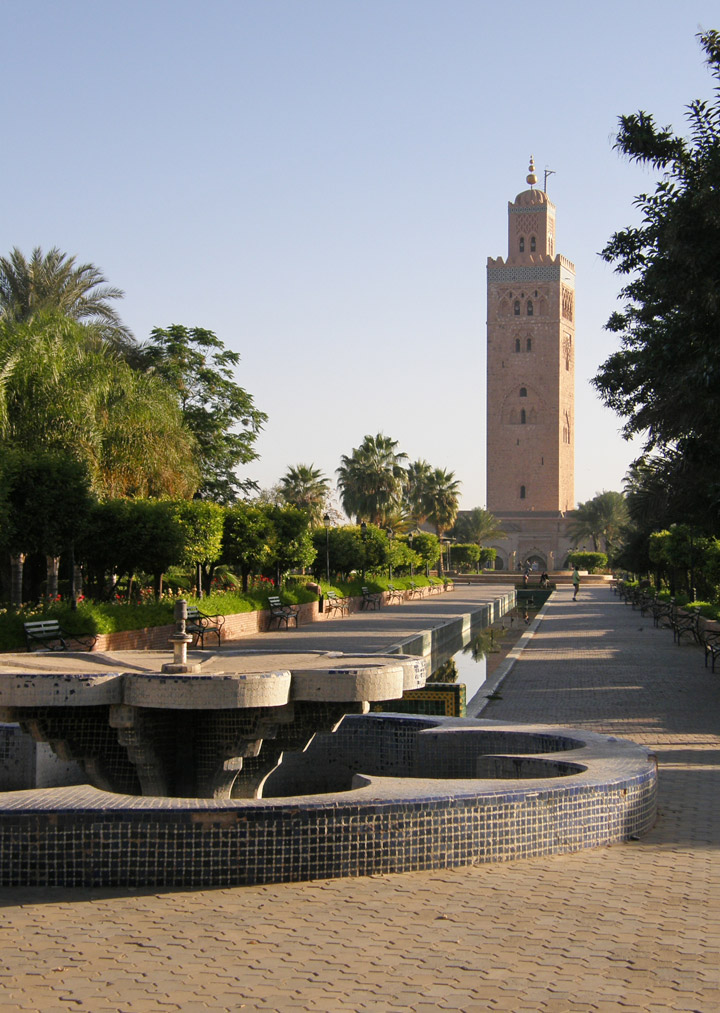
Koutoubia Mosque
The Koutoubia Mosque (Arabic: جامع الكتبية) is the largest mosque in Marrakech, Morocco. The minaret was completed under the reign of the Almohad Caliph Yaqub al-Mansur (1184-1199) and was used as model for Giralda of Seville then for the Hassan Tower of Rabat.
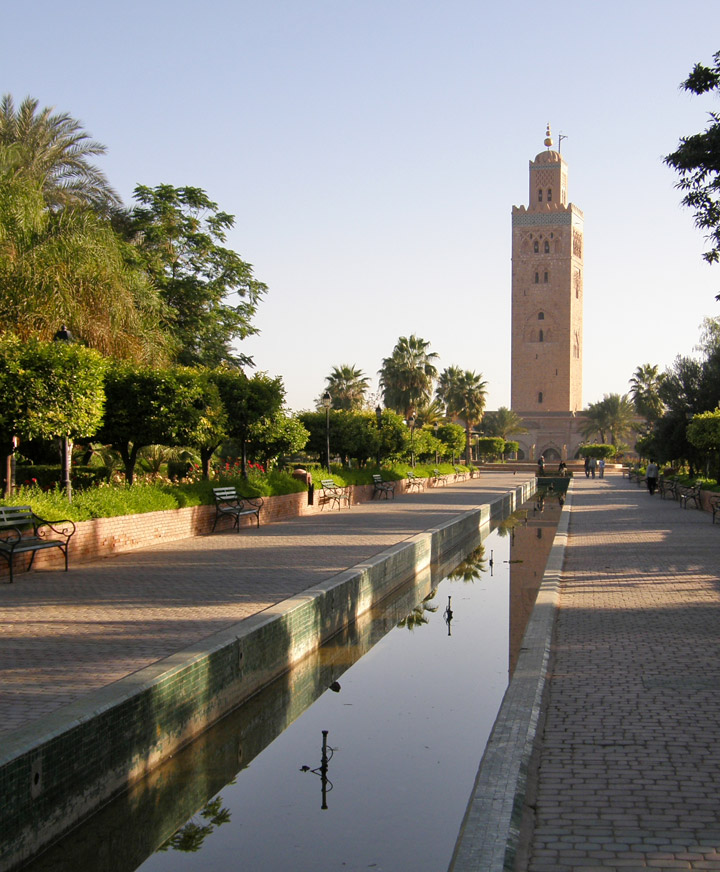
The name is derived from the Arabic al-Koutoubiyyin for librarian, since it used
to be surrounded by sellers of manuscripts. It is considered the ultimate
structure of its kind. The tower is 69 m (221 ft) in height and has a lateral
length of 12.8 m (41 ft). Six rooms (one above the other) constitute the
interior; leading around them is a ramp by way of which the muezzin could ride
up to the balcony. It is built in a traditional Almohad style and the tower is
adorned with four copper globes.
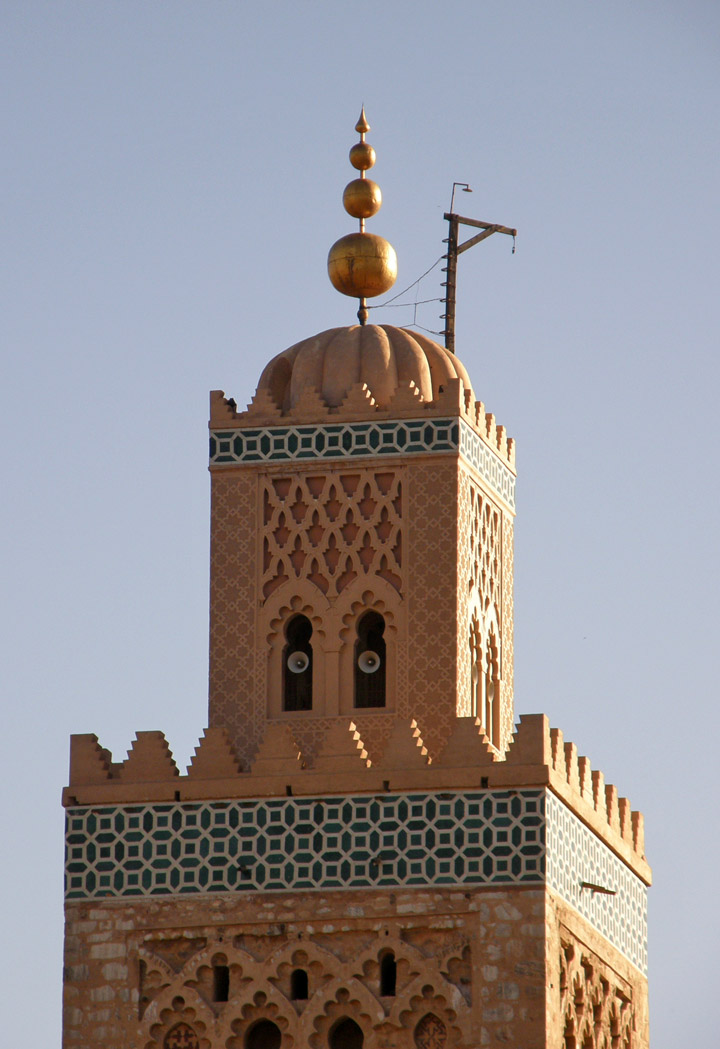
four copper globes on top
the other top feature points in the direction of Mecca
and has a light which comes on during prayer times
According to legend, they were originally made of pure gold, and there were once supposed to have been only three. The fourth was donated by the wife of Yacoub el-Mansour as compensation for her failure to keep the fast for one day during the month of Ramadan. She had her golden jewelry melted down to fashion the fourth globe.
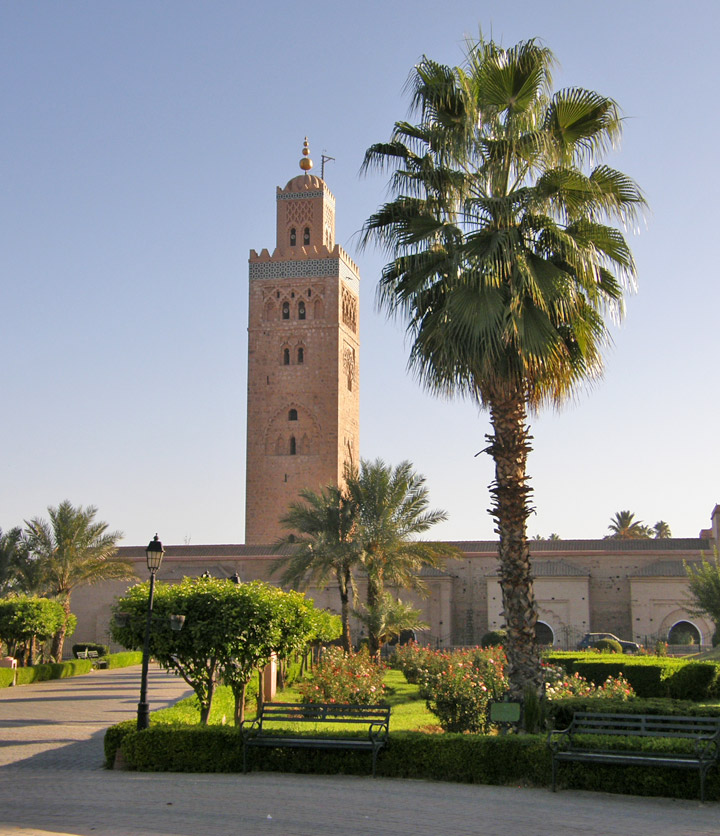
The minaret of the Koutoubia has stood the model for the minaret of the Giralda
mosque in Sevilla which in its turn has stood model for thousands of church
towers in Spain and East Europa (e.g. the churches on the red square in Moscow),
and later for many buildings throughout the United States (e.g. the municipal
building) and Russia (especially during the Stalinist era).
Text from Wikipedia
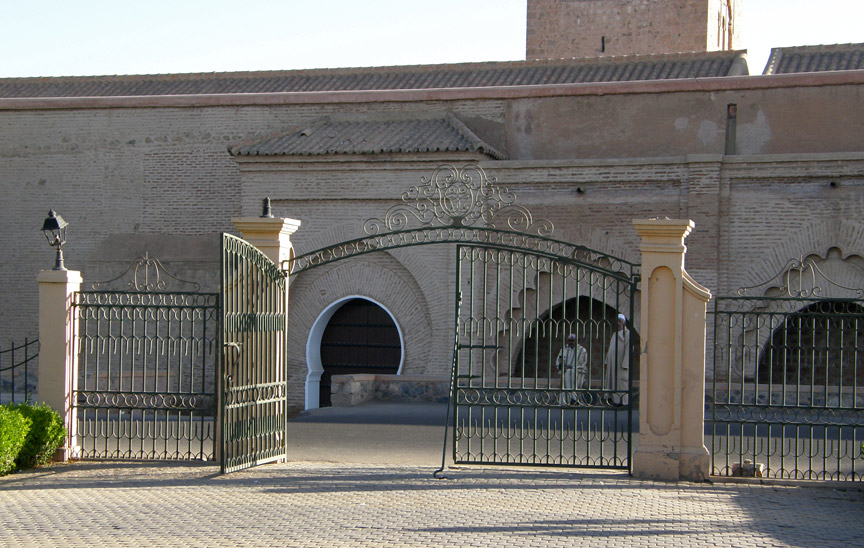
entrance to the mosque
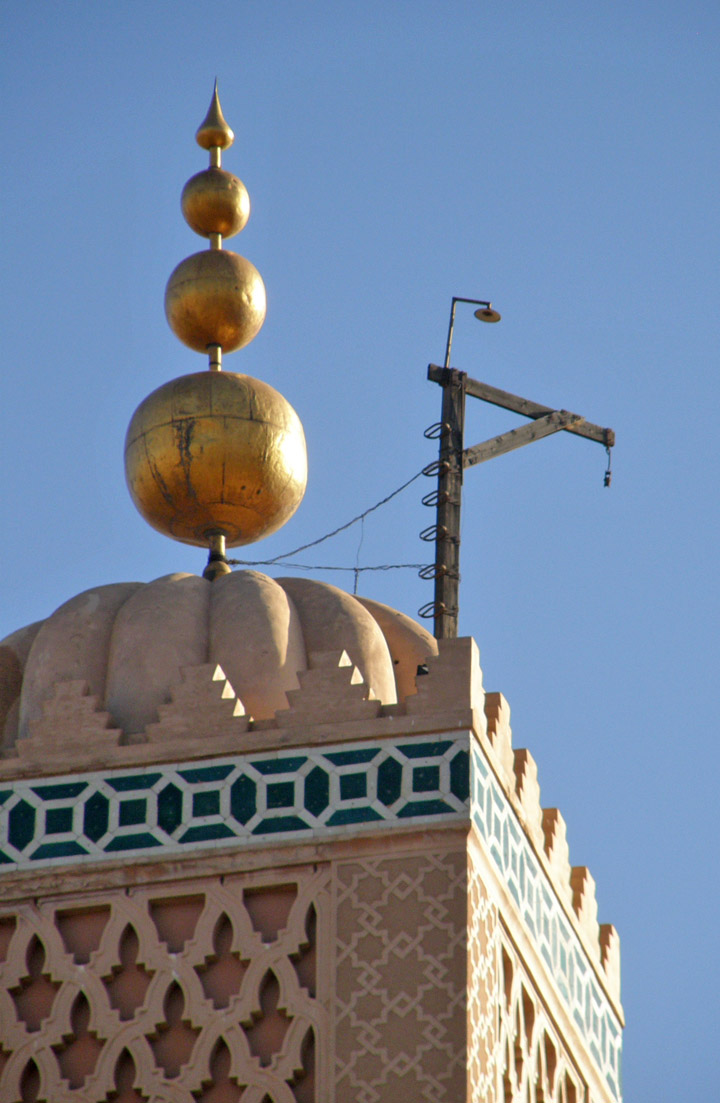
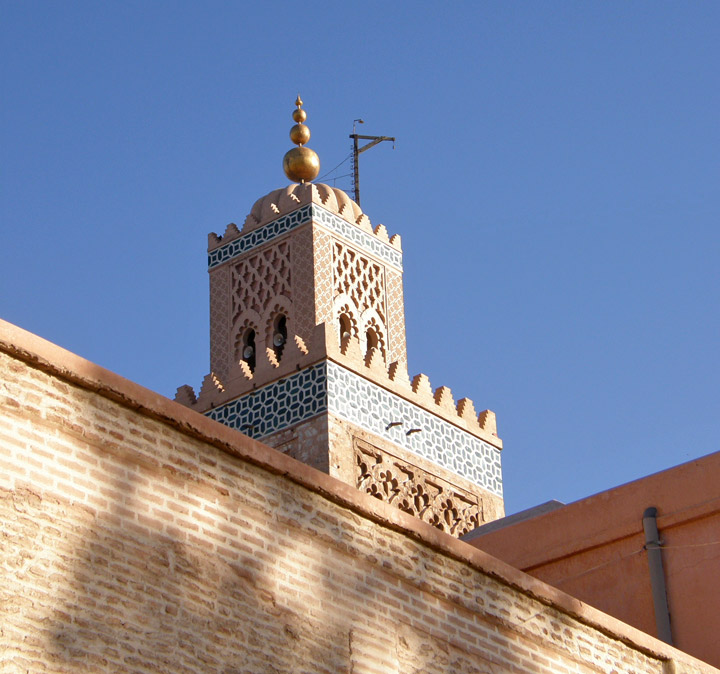
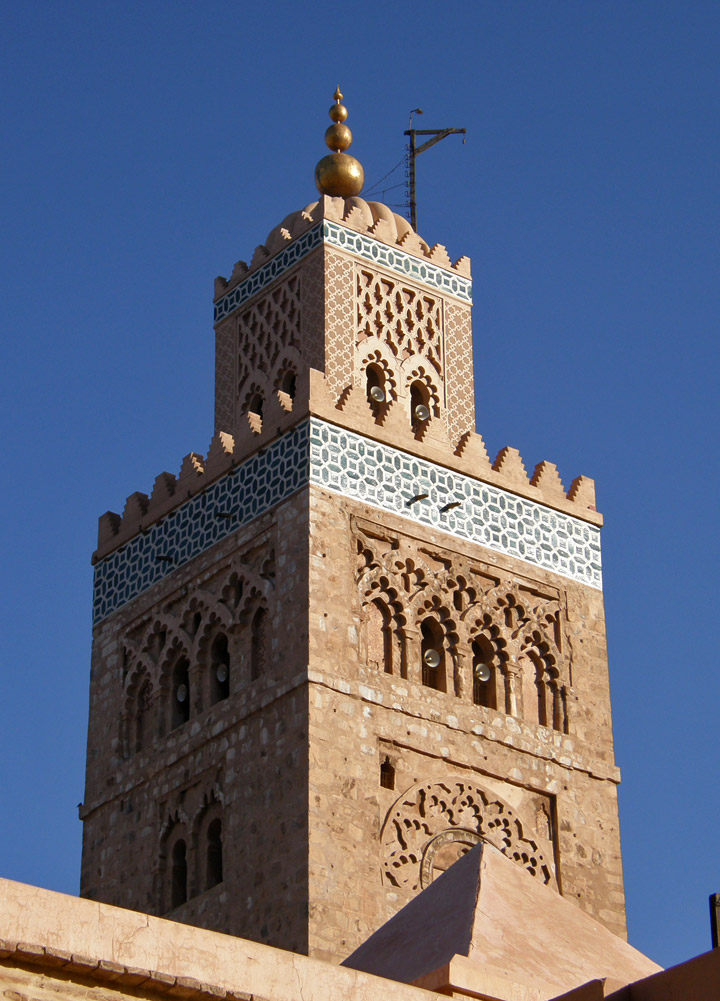
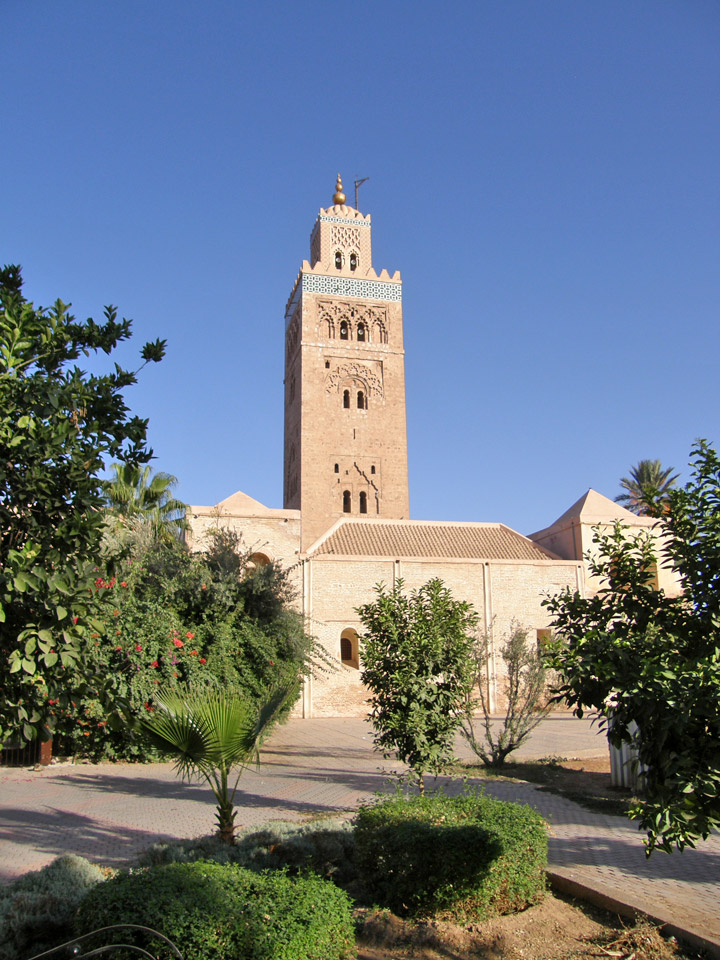
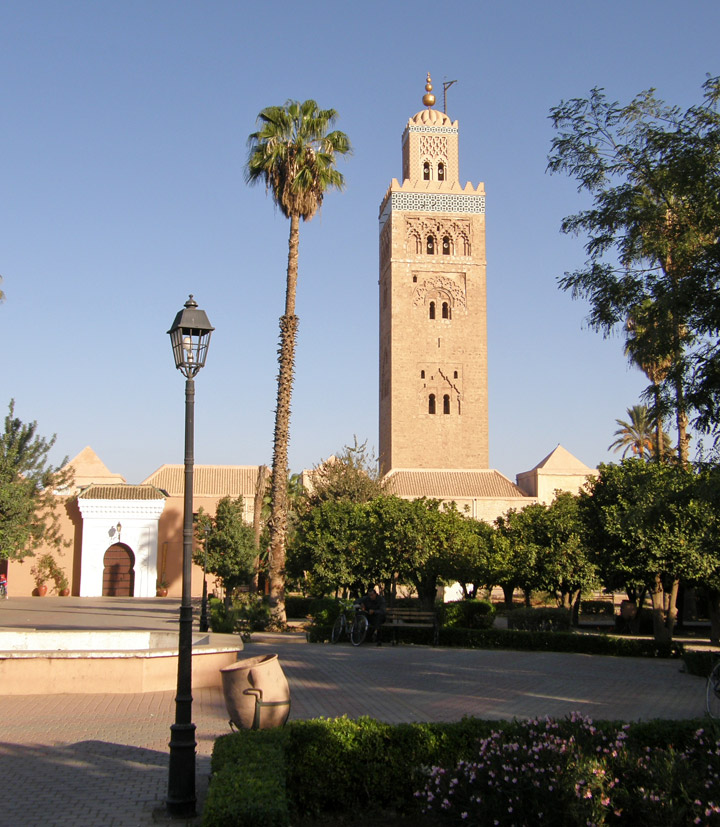
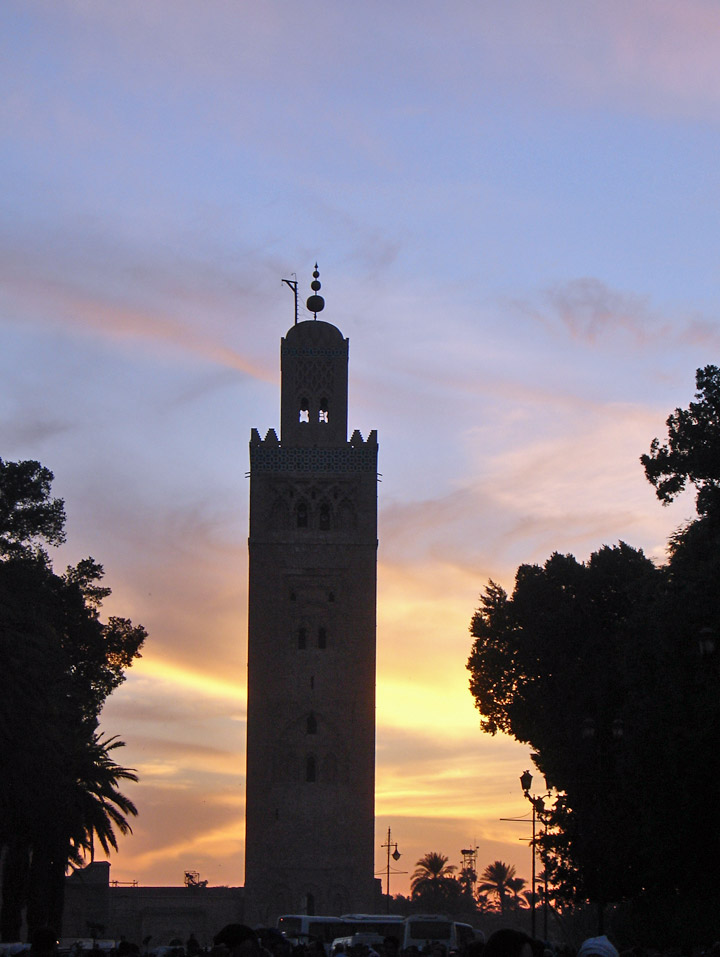
at dusk
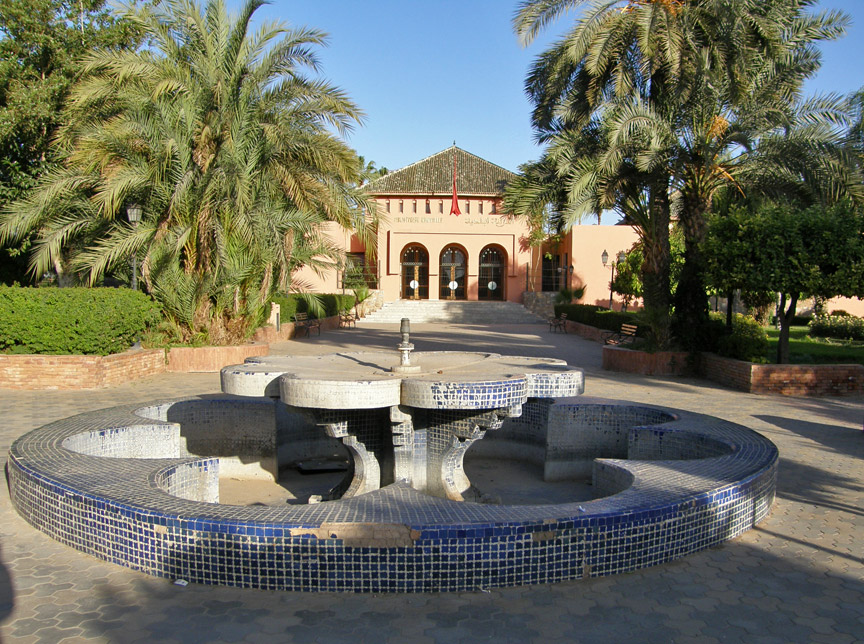
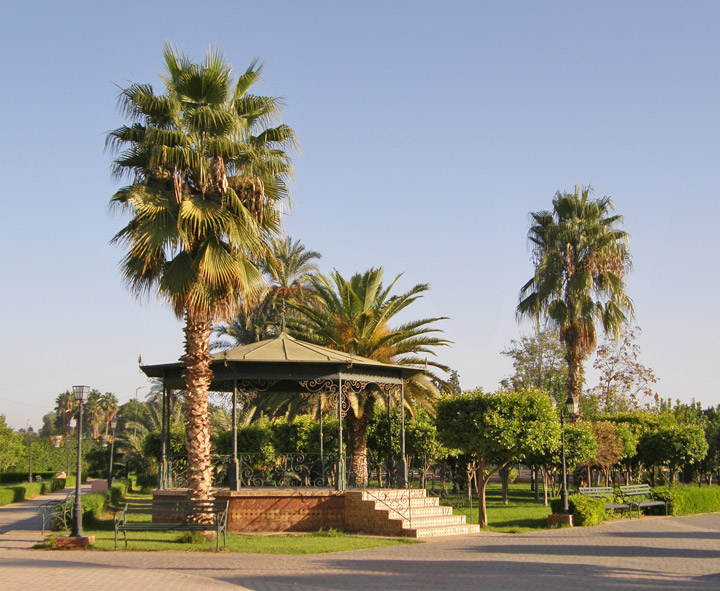
mosque gardens
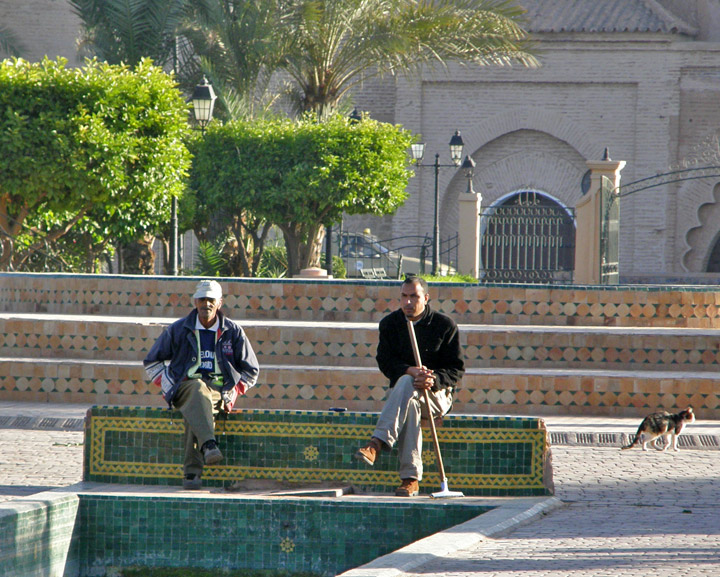
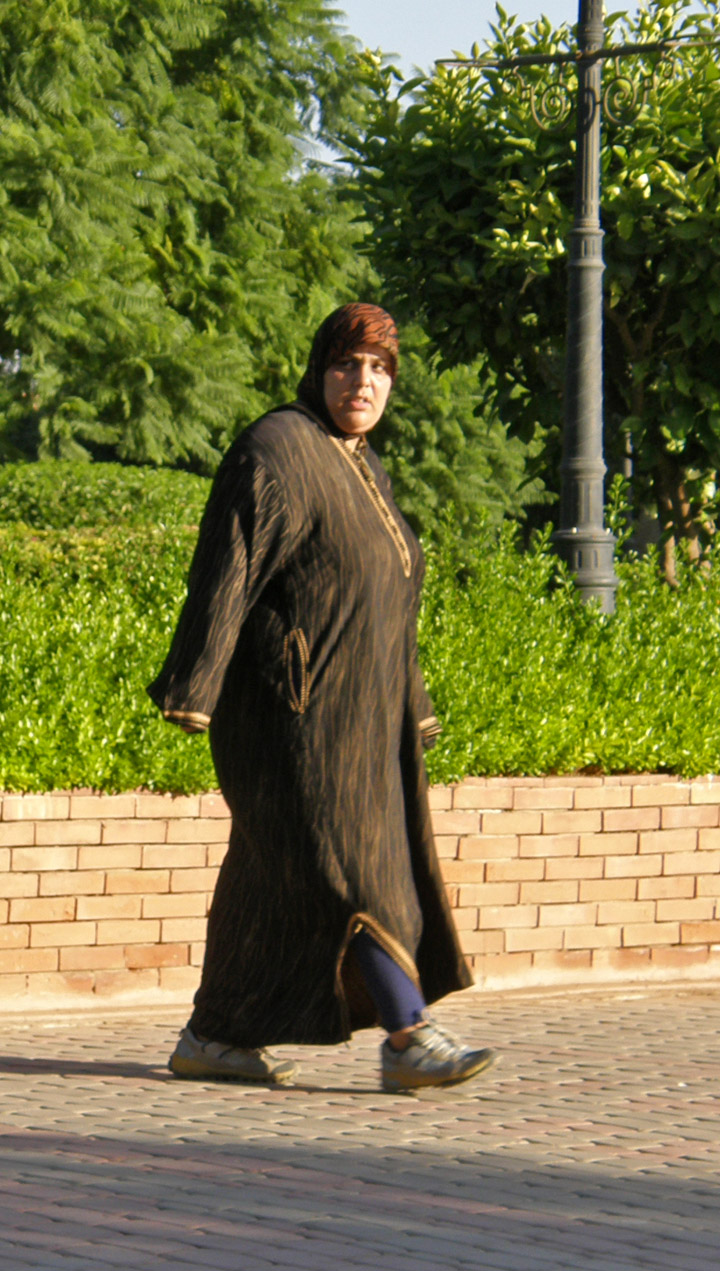
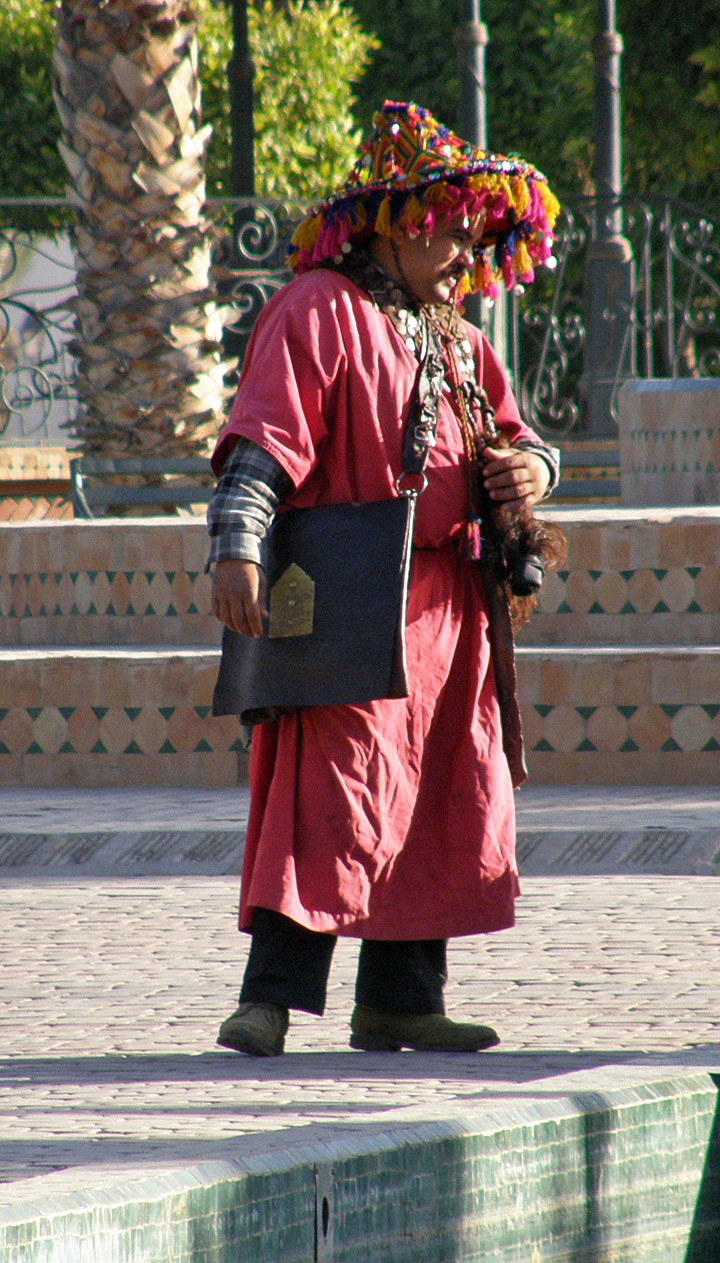
Storks
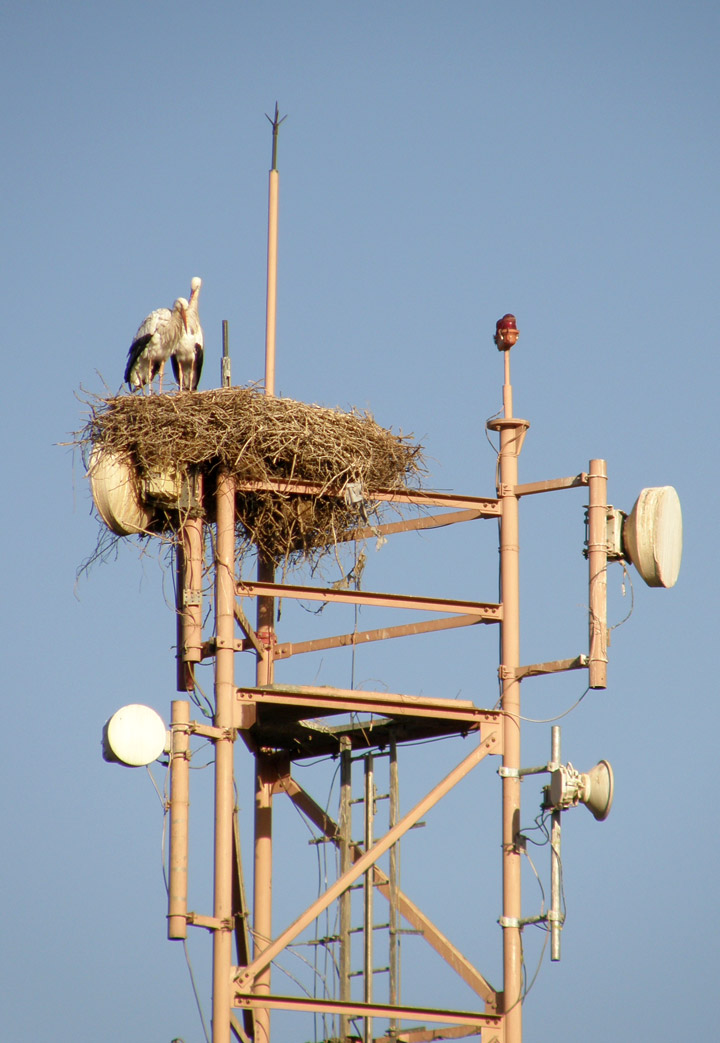
nesting on the communications tower
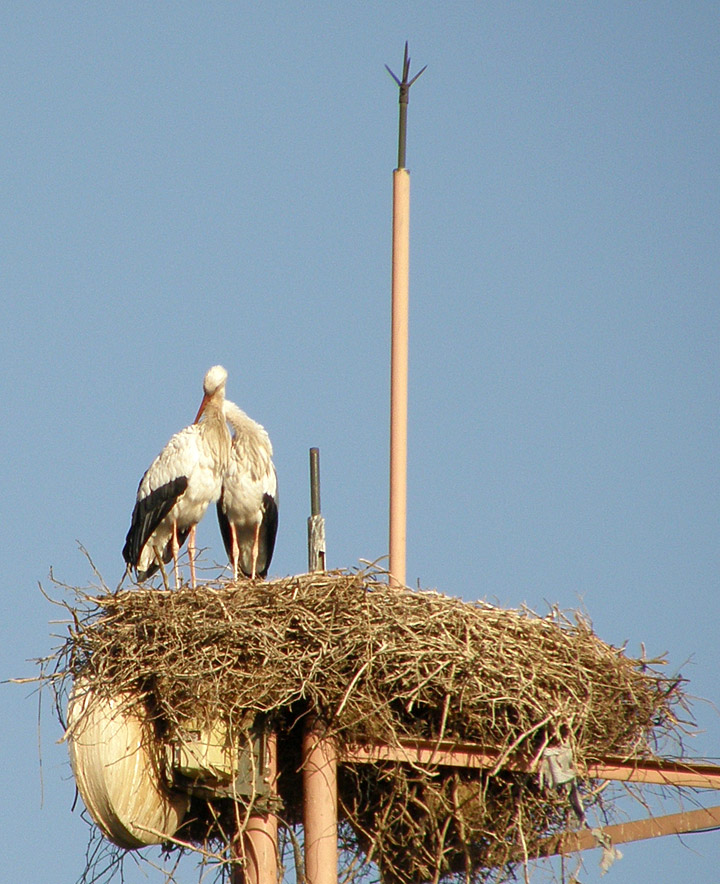
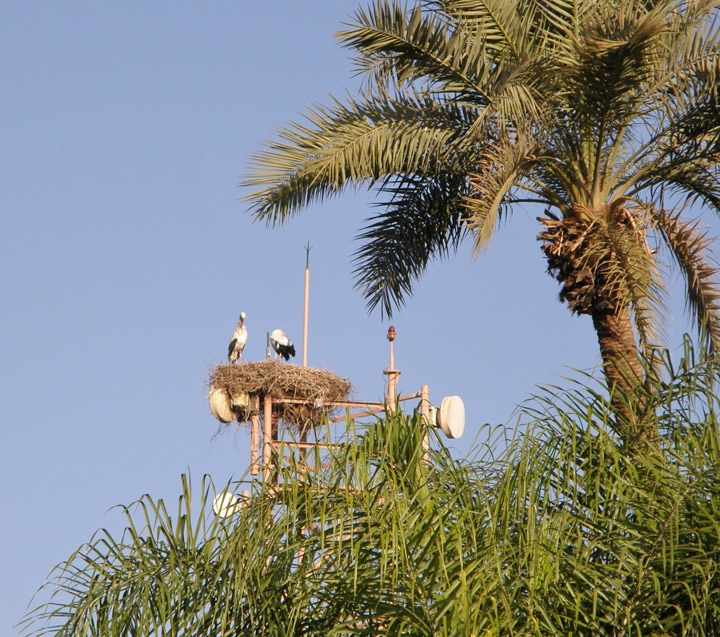
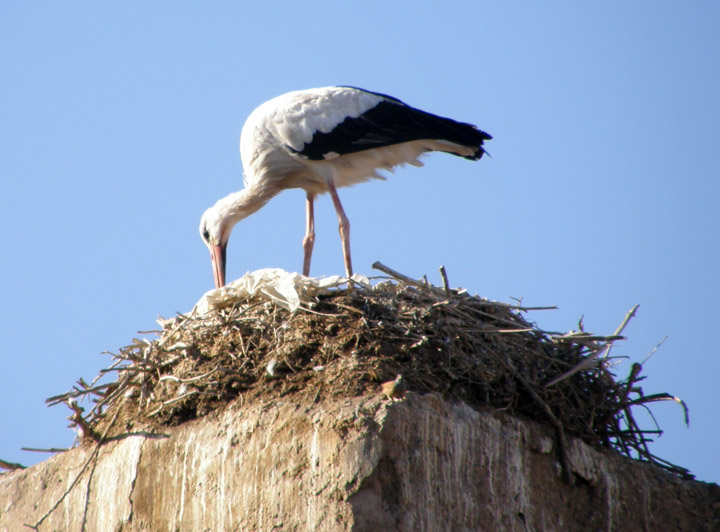
found a nest on a nearby building